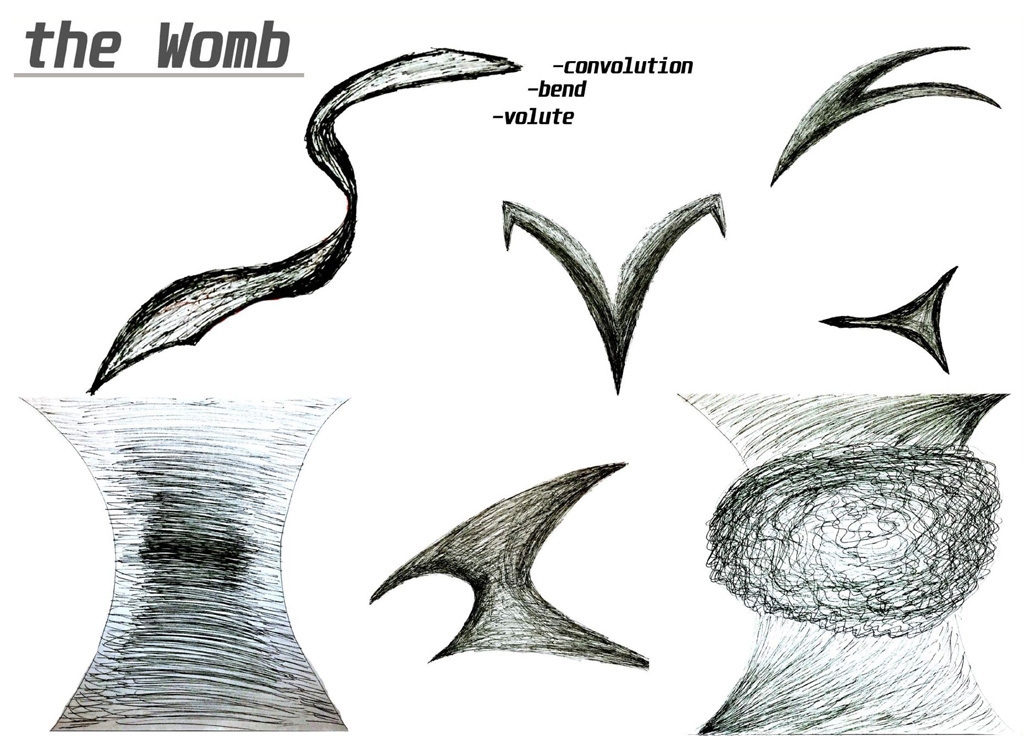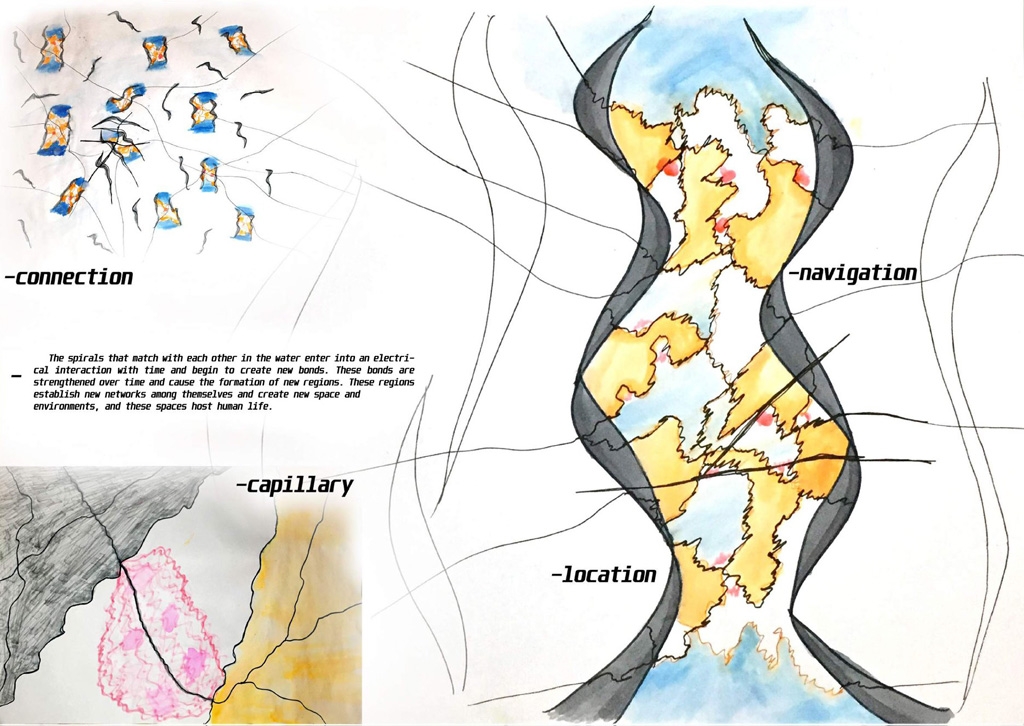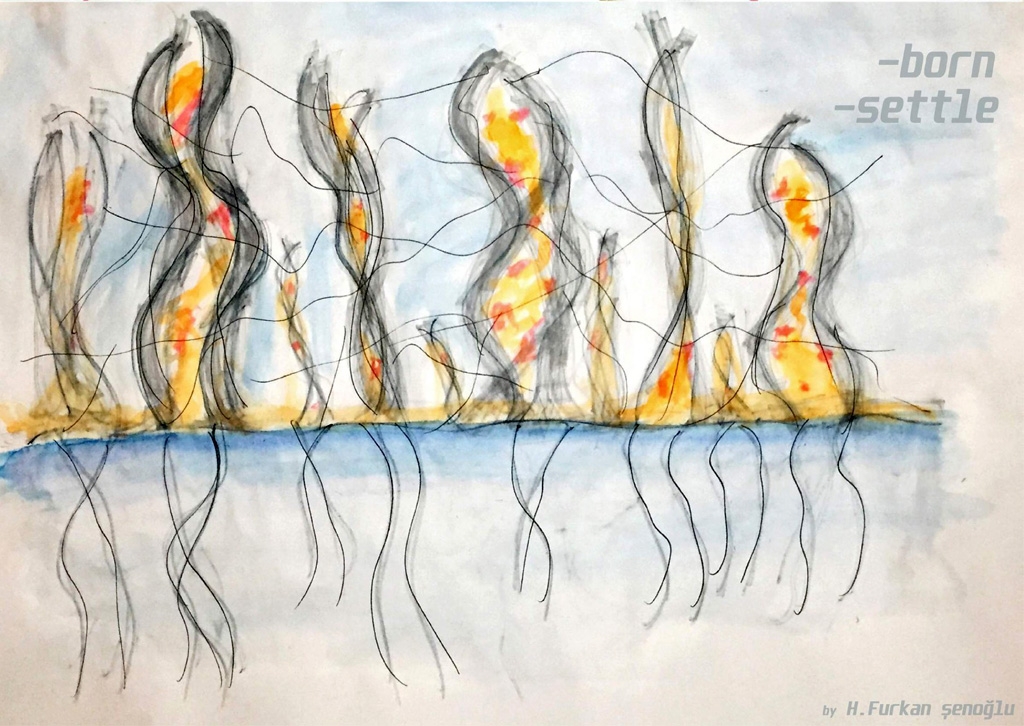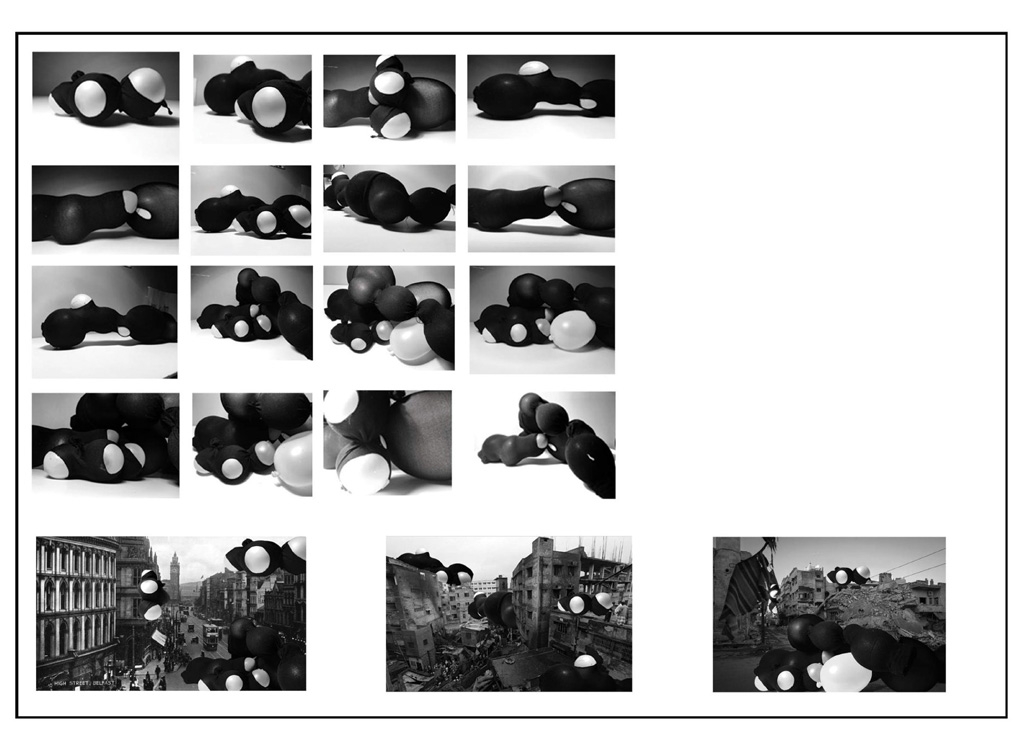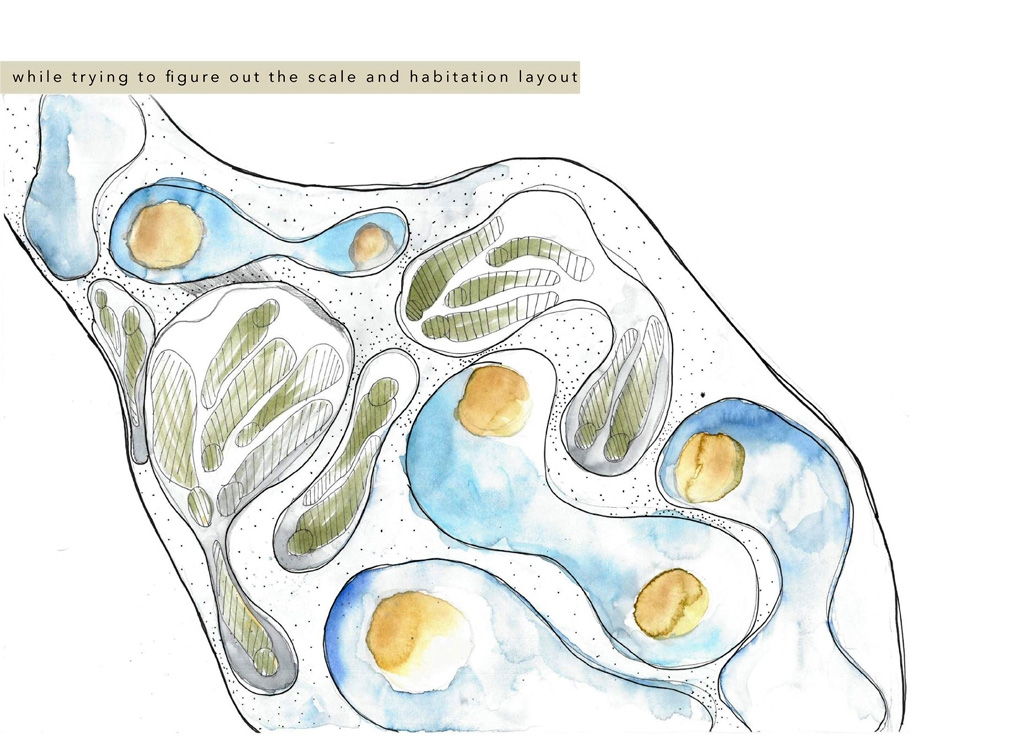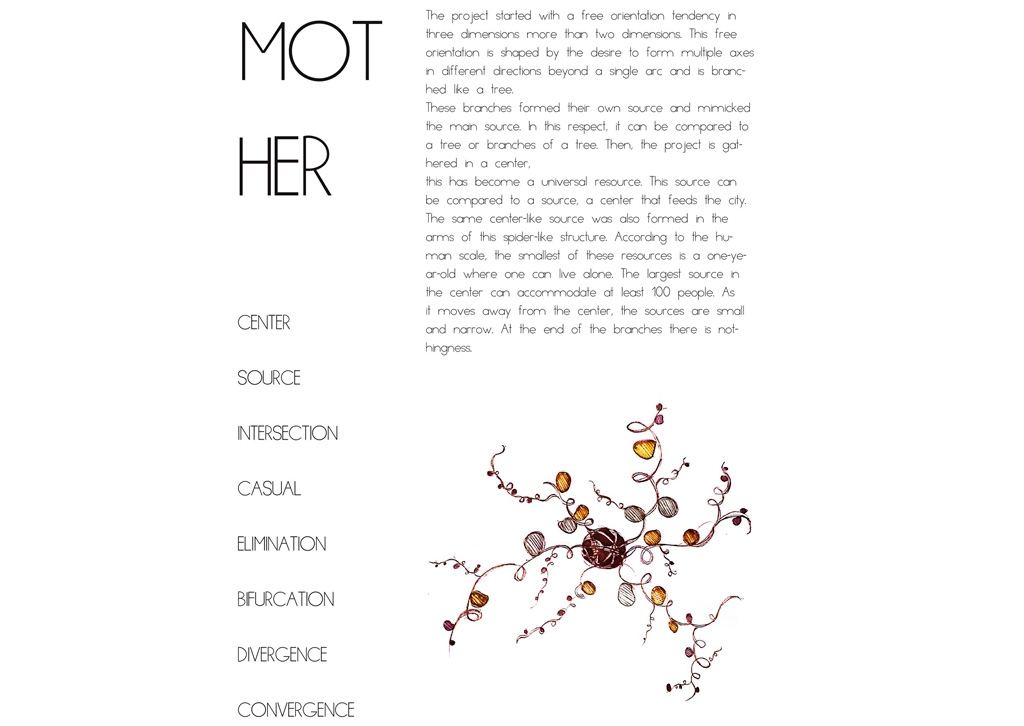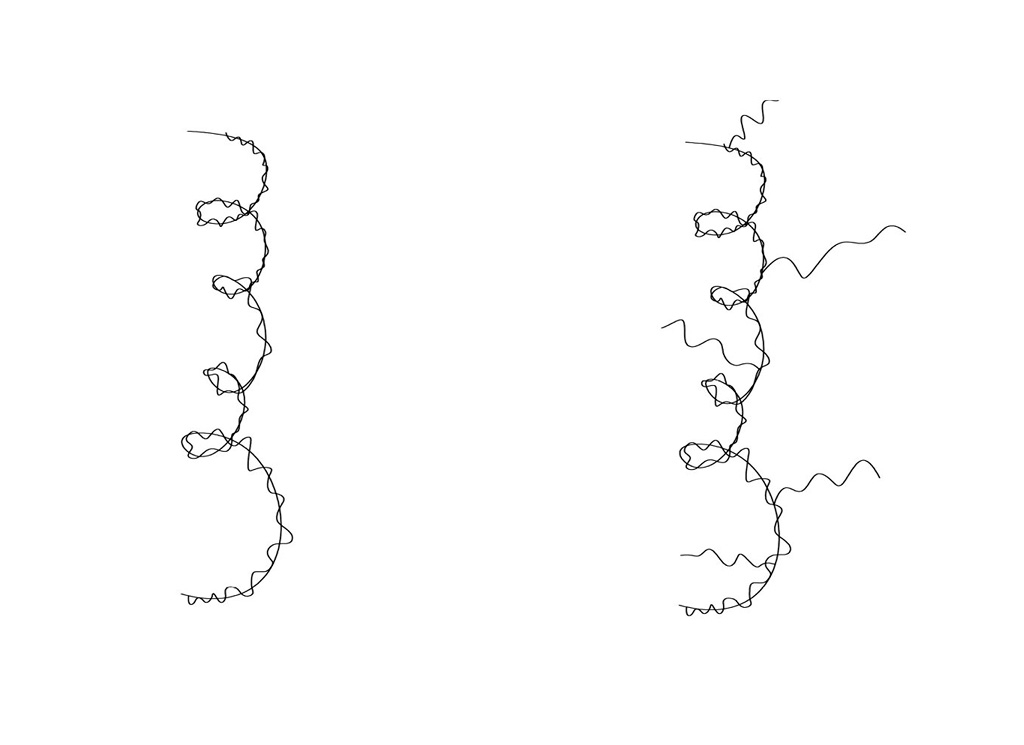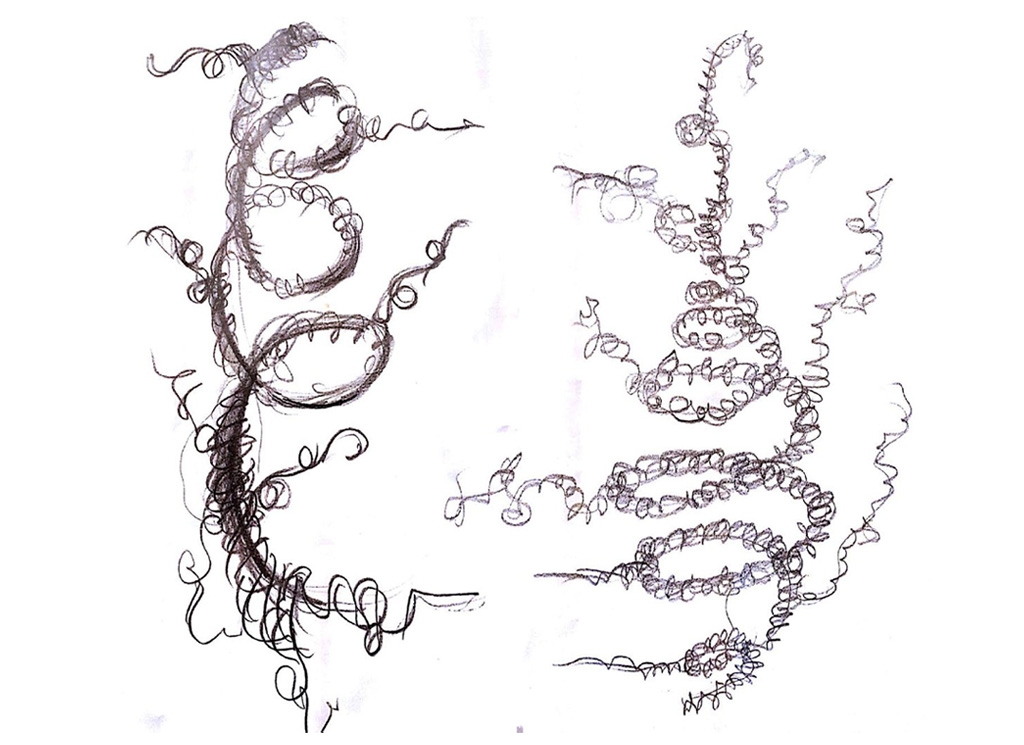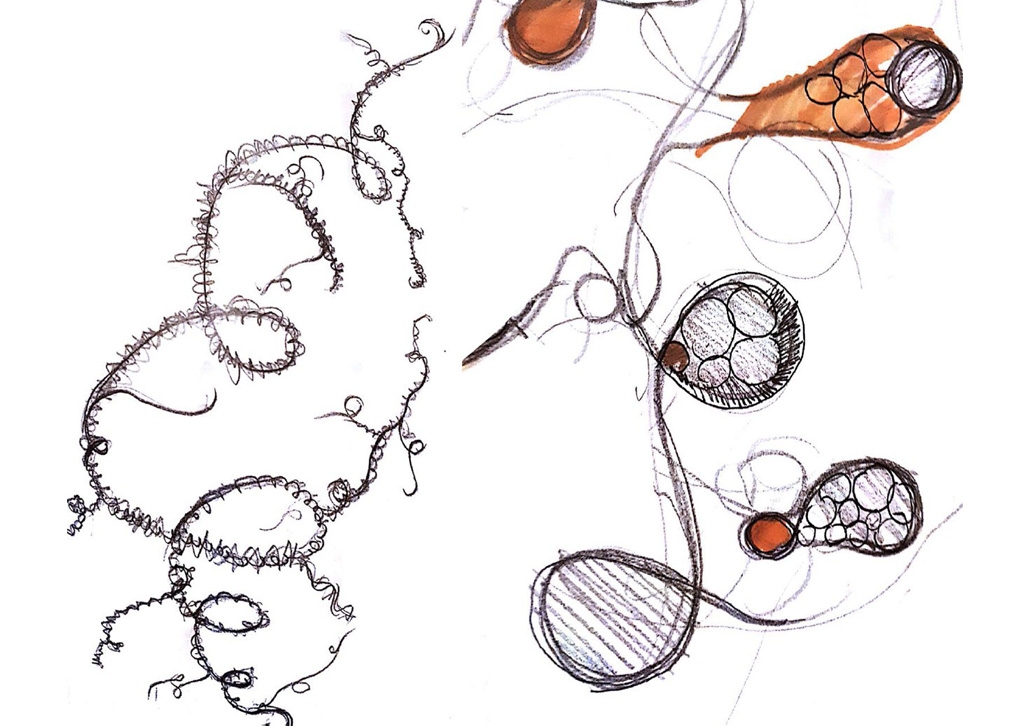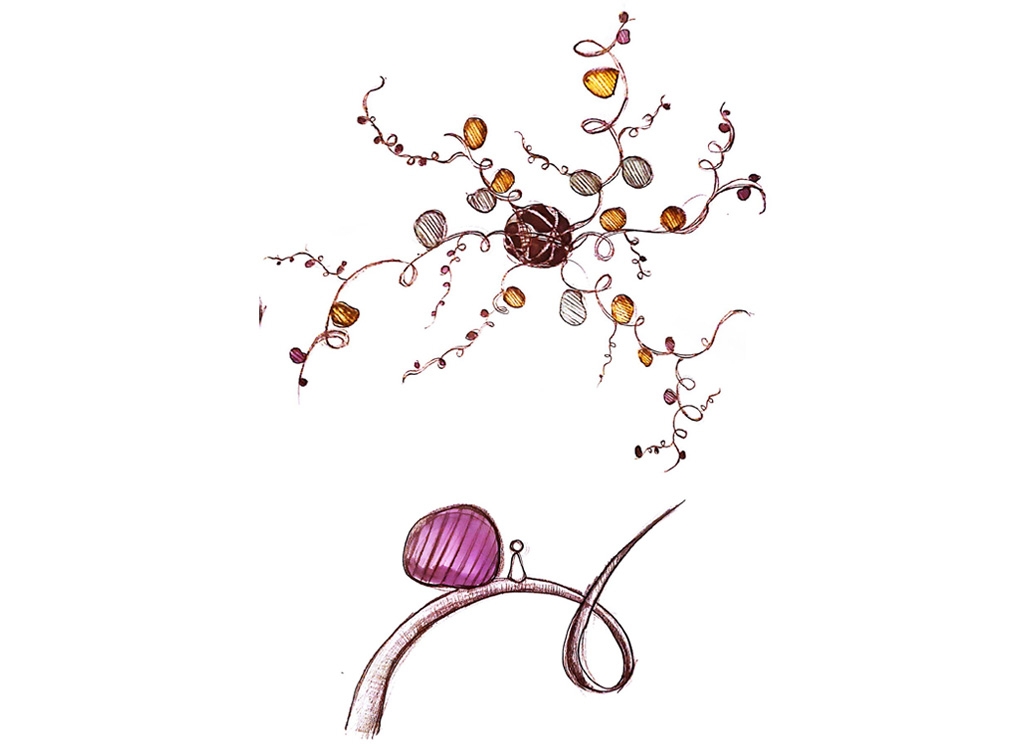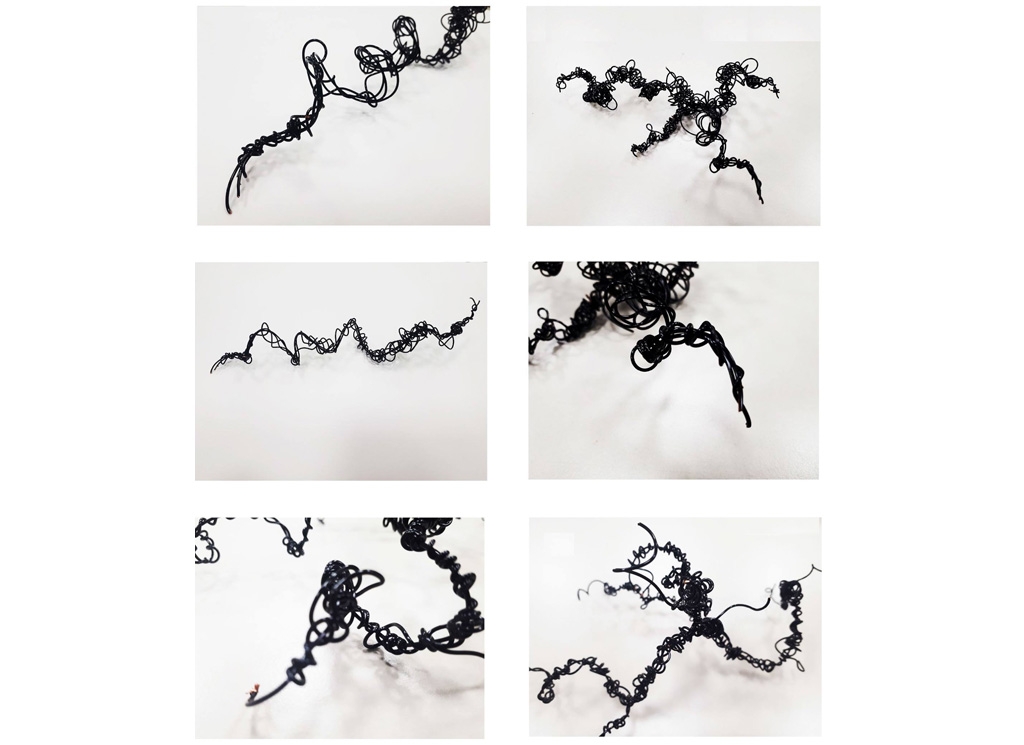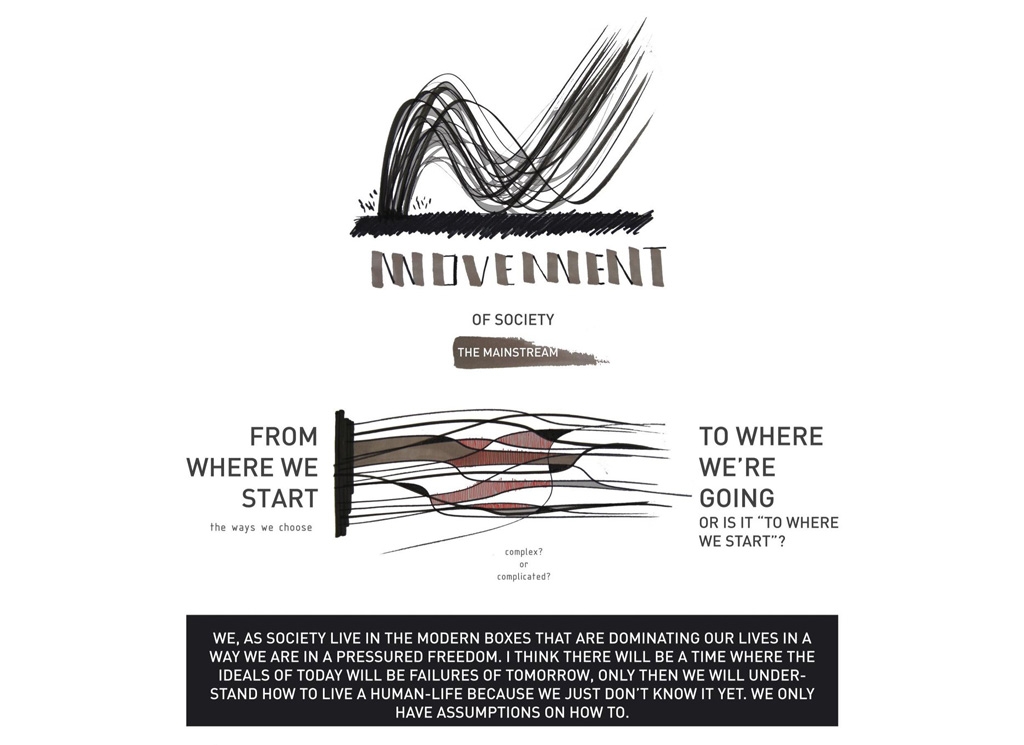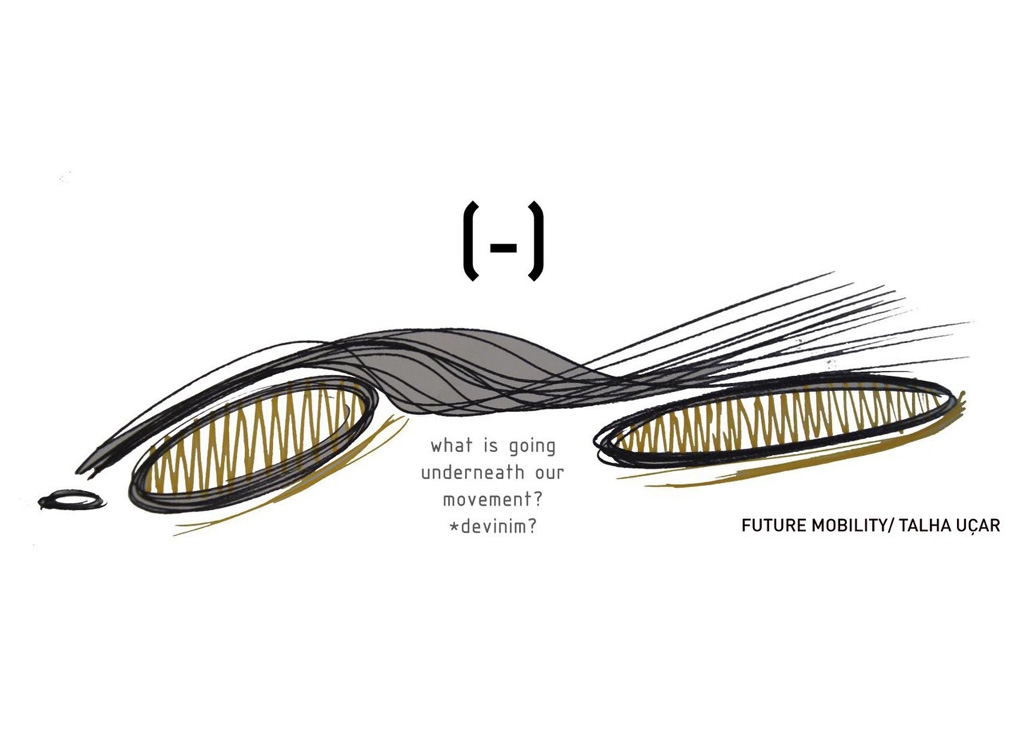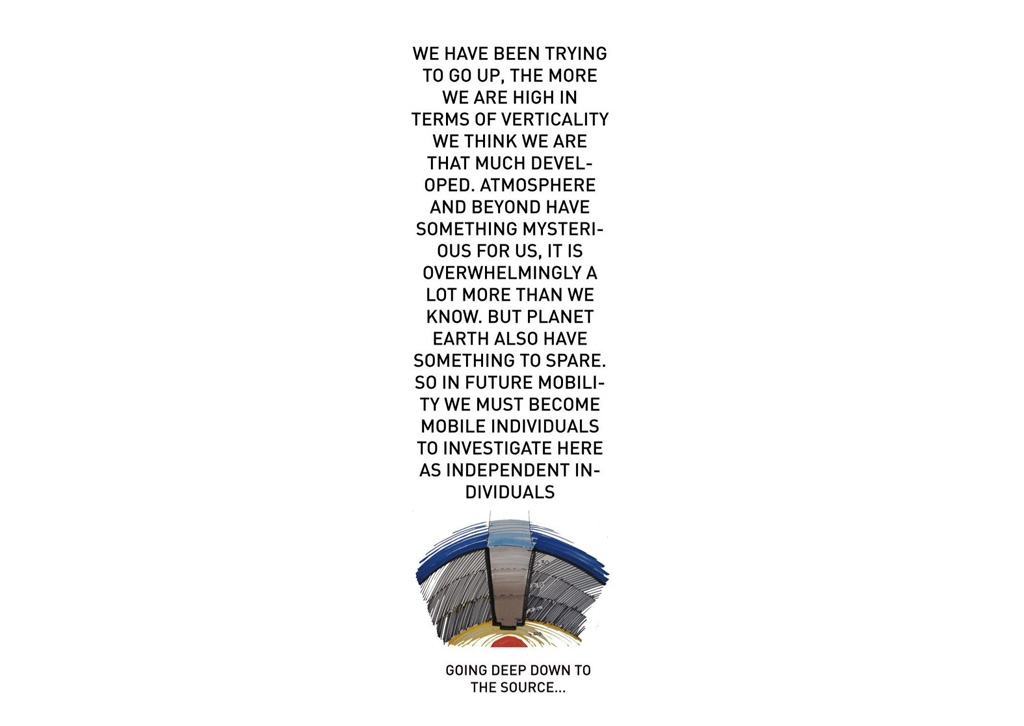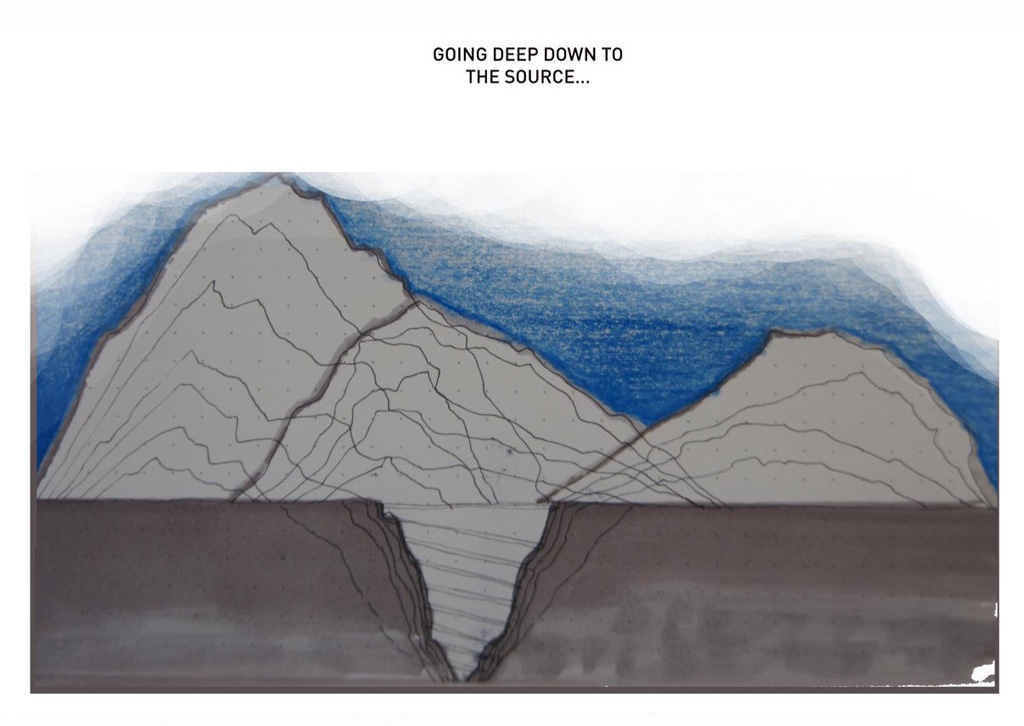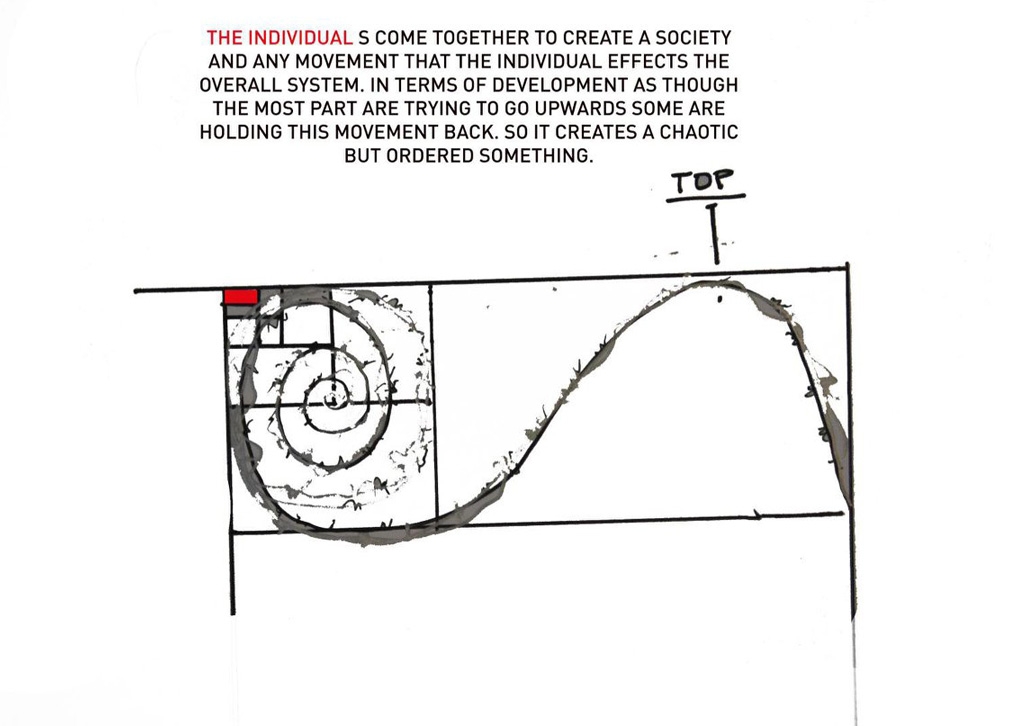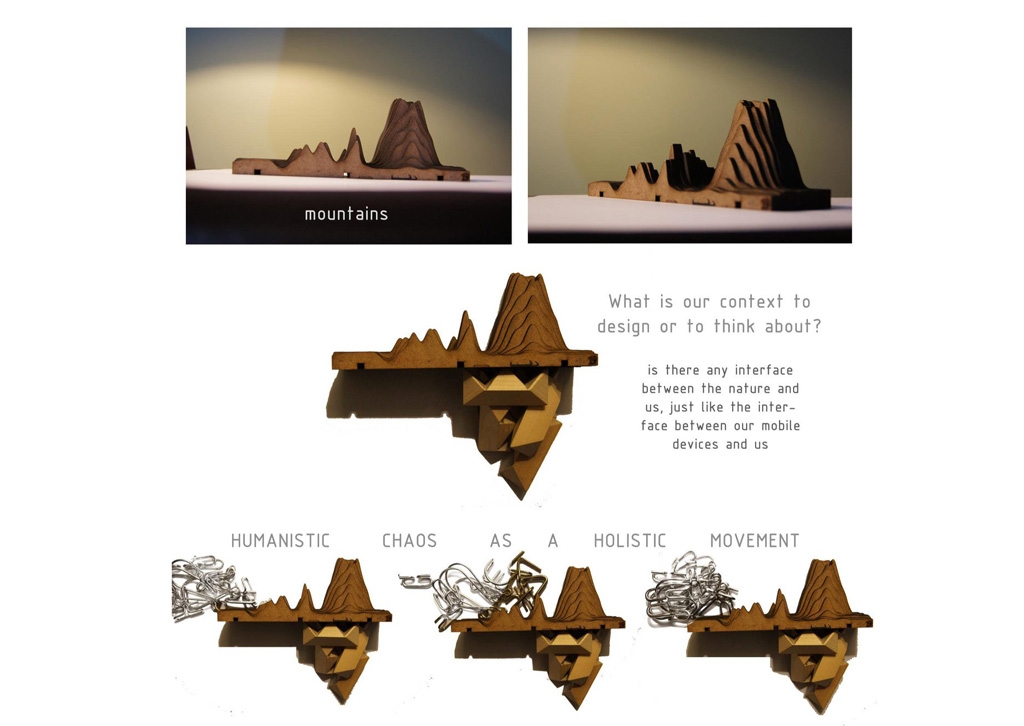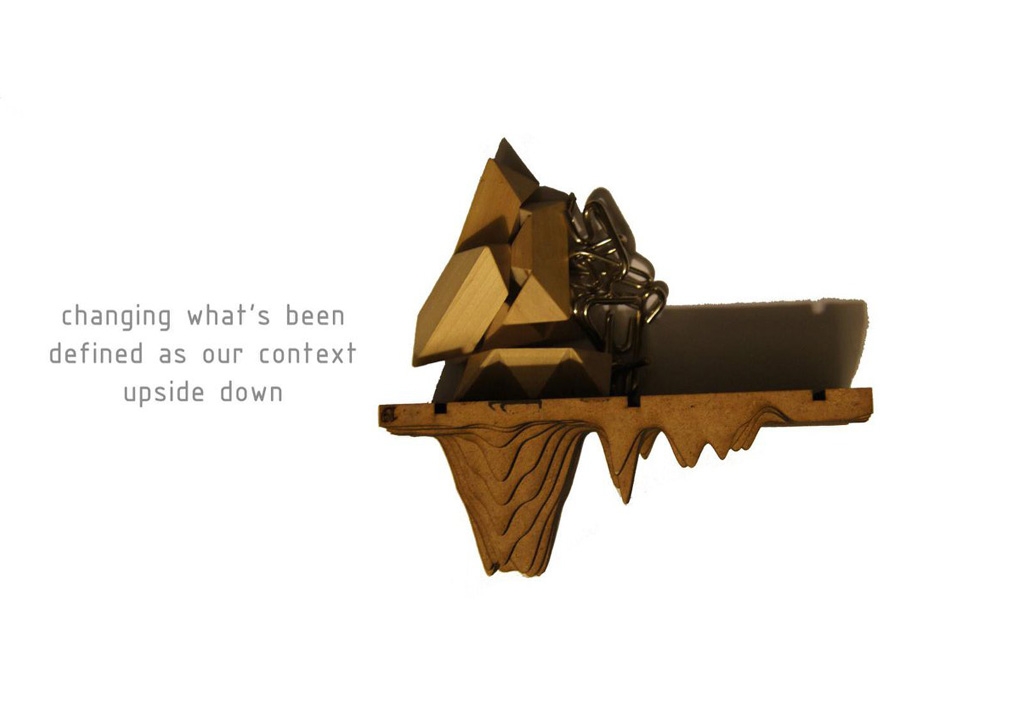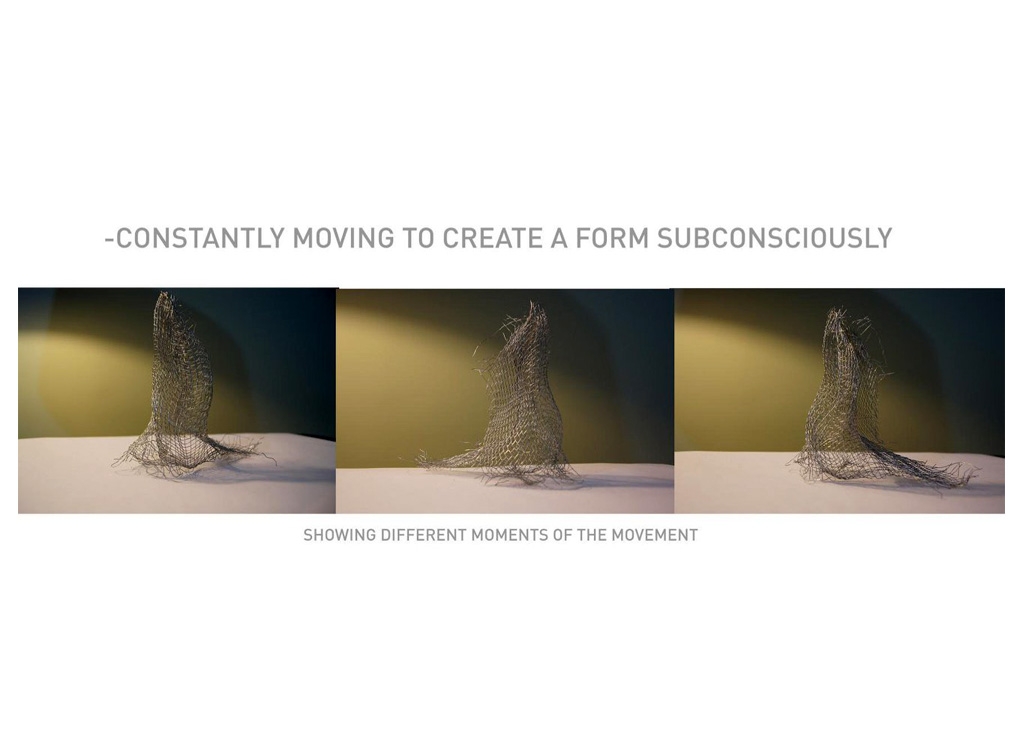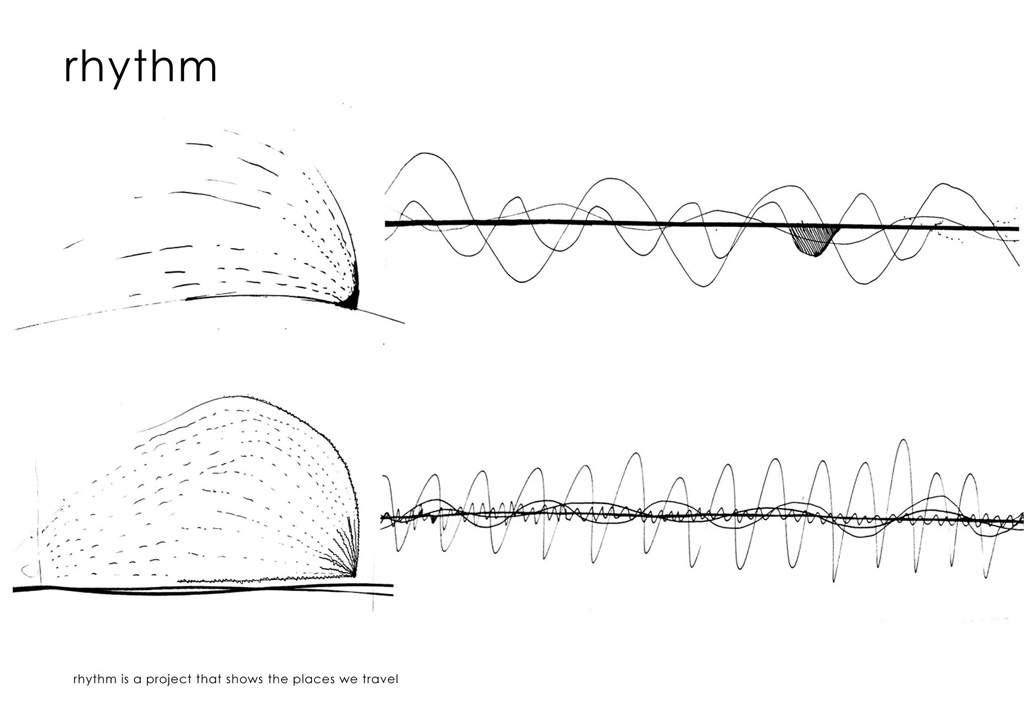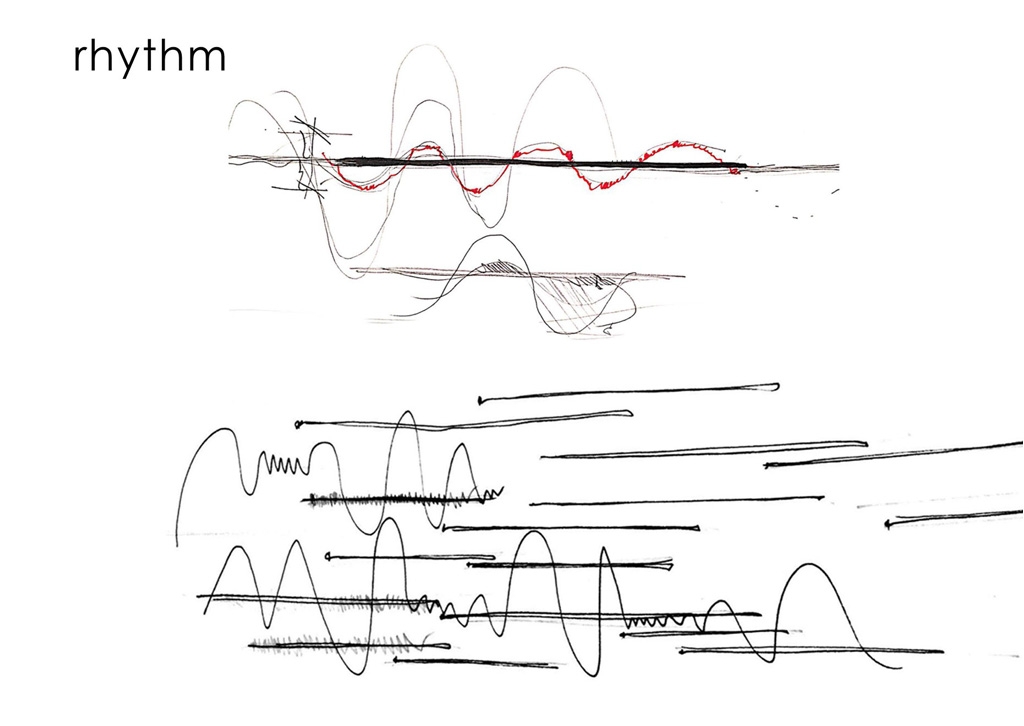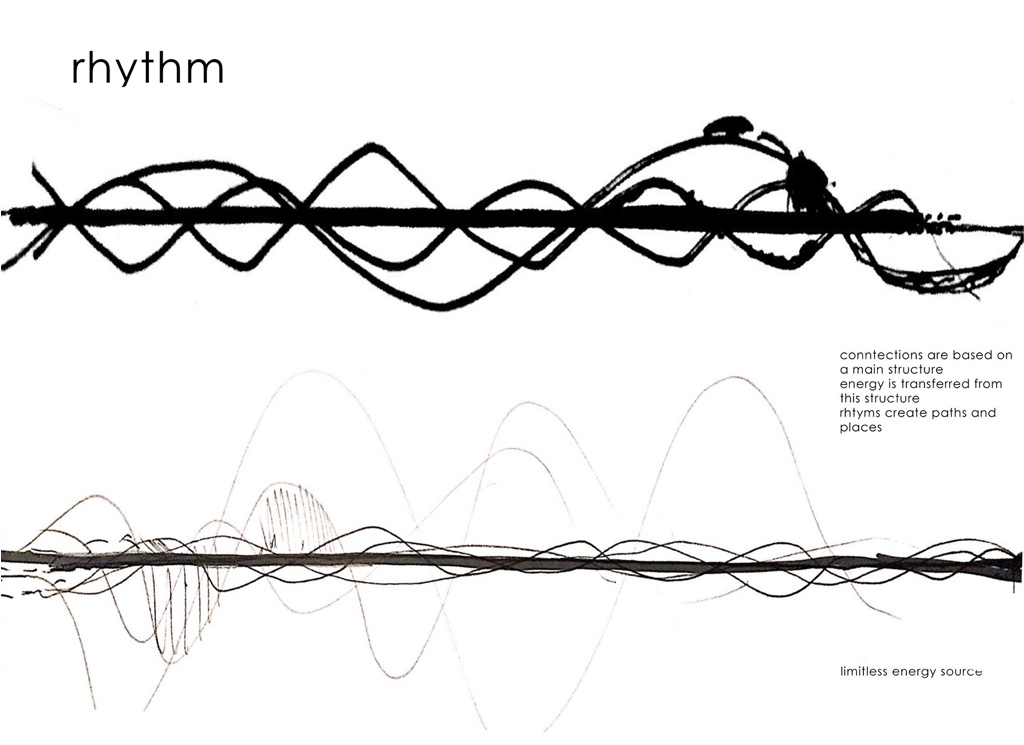COURSE & LECTURES
FUTURE MOBILITY
SYLLABUS
The course aims to observe how future technologies can be reflected into the configurations between man and machine in the context of cognitive sensations, spatial perceptions, and imaginary emotions according to mobility patterns and tools. During the studies, the biotic relationship between man and machine envisaged in accordance with the future city paradigm will be assessed. Further, to propose anthropoid-like relations with future mobility tools, they will take place in conjunction with life needs, the urge for movement, speed, and form. Parallel to the future studies, projects will focus on the analysis of contemporary transportation networks as habitats, artificial infrastructures, and organisms and embrace the interrelations and qualities of vehicles concerning their interactions with inhabitants. The process will explore collaborative expression and synergistic scope, together with emotional experiences and sensorial comprehensions, to provoke a deep reflection on new forms of future mobility.
The Art of Mobility is a subtopic of the course. During the course, students will dissolve their artistry into one another at close range while exploring abstract landscapes and forms of future mobility. Students will be responsible for documenting and presenting the design process in the final proposal and facilitating different communication tools and methods where necessary.
Future Mobility is a survey course that is based on theoretical lectures given by the instructor and individual applied projects that are asked to be created by students. The students are expected to attend the classes regularly, take their own notes, and participate in discussions. Final evaluation is based on attendance (%20), the grades of midterms (%40), and final exams, as well as applied project considerations (%40).
COURSE SCHEDULE - 4 hours per week
(Applied project review per pro each week)
Week Subject
1 The technological and socio-cultural progress towards future mobility.
2 The cross-section between mobility, architecture, and the city platform.
3 Sensuous and semiotic norms among mobility and architecture.
4 Movement and morphological perception of man.
5 The transformation of human-to-machine interfaces.
6 Future city paradigm: seamless transition between space and movement.
7 The environmental and global issues of future transportation.
8 Midterm
9 semantic content between city, road, and natural flow.
10 The fundamental principles of form, function, and structure in vehicle design.
11 Motion as the pro-thesis of space; new determinants of urban space.
12 An unavoidable and irrepressible gratification; the speed as a phenomenon.
13 Mobile Revolution; the city itself as an utopian place.
14 Pro-Activating ''The Life on the Move'' concept.
15 No class (Design Presentation Week).
PREFACE
New technologies and needs are redefining the vehicle architecture as well as transforming cars into the digital era in terms of better human-to-machine interfaces for new mobility experiences. This course is intended to discover new transportation paradigms to achieve the additional functions vehicles might have to promote mobility for people in the future. Therefore, the course describes an innovative vision for the interaction between man and machine to transform vehicles into architectural units to allow people to better reflect their senses and feelings in their comfort zone. The experimental diagnostics of the course intend to reflect future life configurations and patterns to create a better connection between mobility and architecture to attach people more to the vehicles both physically and psychologically in a spatial manner.
Apart from the idea of existing vehicle typologies designed with a built-in mindset, the formula will be to blend the vehicles and their functionality into maximum customization, better adaptation, and improved integration between man and machine by considering vehicles not only as mechanical but also as sensuous and semiotic architypes. Studies will be assessed in the context of open platforms based on variable, modular, transformable, transmorphable, programmable, flexible, and adaptable design aspects to transform the vehicle around the user’s needs and accessibility to spend more time with things that matter. Furthermore, a step change in material construction will be consequential for the final result, blurring the boundary between vehicle interior and exterior as well as virtual and physical spaces to create natural and intuitive experiences for users.
During the course, intending a new type of vehicle architecture through new design methodologies such as modularity, adjustability, and flexibility, together with self-transformation, self-healing, self-programming, and self-shaping material constitutions, will be evaluated to adapt the vehicle’s morphology to various needs of users, still or in motion. For the final result, together with new morphological norms, pro-activating the "life on the move" concept will demonstrate how future transportation contexts will better transform everyday lives by providing a vital cross-section between vehicle, architecture, and city platform to monitor human senses, feelings, and patterns. The course is also intended to provide new structural and symbolic typologies as well as aesthetic values for future vehicles, seeking to bring the outside in an organic way to empower users interactions with their surroundings.
OBJECTIVES
1. Introduction of the structures of car design by using a multidisciplinary approach such as architecture, urban design, material engineering, ergonomics, product design, and performance with environmental sustainability and social awareness; also paying attention to technological and production constraints.
2. Embracing the design process into new experiential concepts, redefining the architectural structures of cars, and moving forward with new criteria for efficiency and future responsibilities.
3. Parallel to the theoretical and conceptual training, offering studio projects organized into design concepts and their refinement up to digital modeling.
4. Exploring the micro and macro mobility systems responding to the new city typologies by bringing today’s transportation and vehicle design paradigm into question to interpret environmental issues, global economic manners, and the new social structures.
5. Observing progressive transportation concepts serves to challenge future mobility scenarios where cars are no longer the must-have actors.
6. Raising awareness and sensitivity towards the future and expanding the abilities to choose appropriate design research methods to utilize for a considered abstract.
OUTCOMES
1. Awareness of transferring research that can be applied to various projects following the activities in car and transportation design.
2. Acquaintance with the different steps required during the process, such as hypothetical discussions, debriefing, and project conceptualization gained through case studies of future mobility scenarios, design evolutions, and analysis focused on social structures, art, and architectural inspirations.
3. Reflecting the knowledge of transportation design history and its evolutions complementary to theoretical and design practice based on design methodologies, vehicle architecture, and technological developments that resulted from the broader evolutions of mobility, particularly in car culture.
4. Helping students think freely beyond the constraints and transfer the idea of a result-driven process into a conceptual project where time management and a continuous progression are the keys.
5. Structuring the project and applying a variety of techniques, including collages, diagrams, storyboards, prototypes, simulations, video, photography, and so on.
6. Flexibility to question any given or existing typology and incorporate the outcome into the research process, not just for the final project.
Copyright © all rights reserved by Engin Tulay. Unauthorized use is a violation of applicable laws.
Presented works in order:
H.Furkan Şenoğlu, Rümeysa Akyol, Selin Tüysüz, Talha Uçar, Fatih Eken
